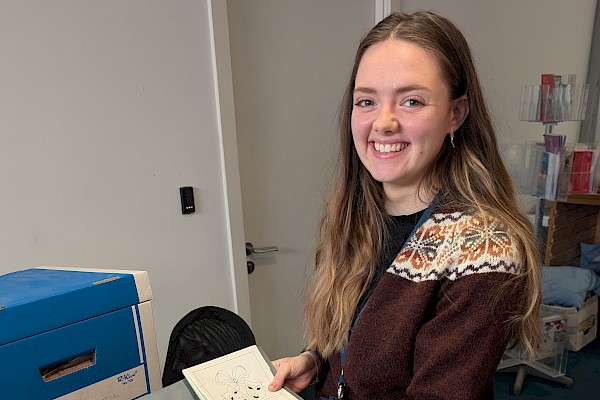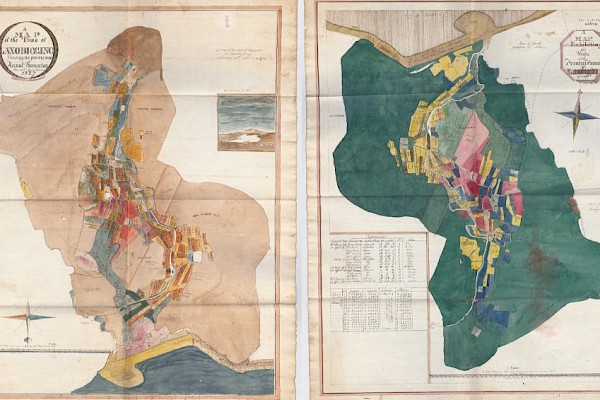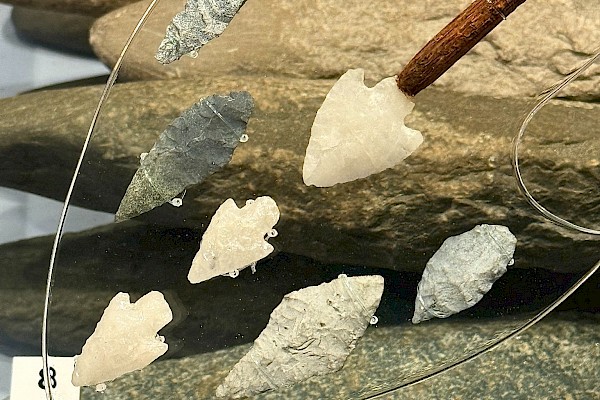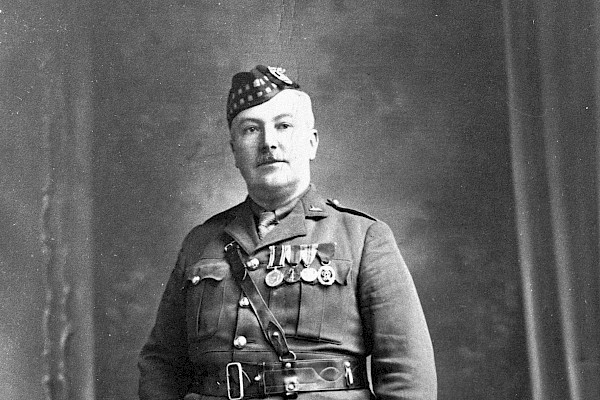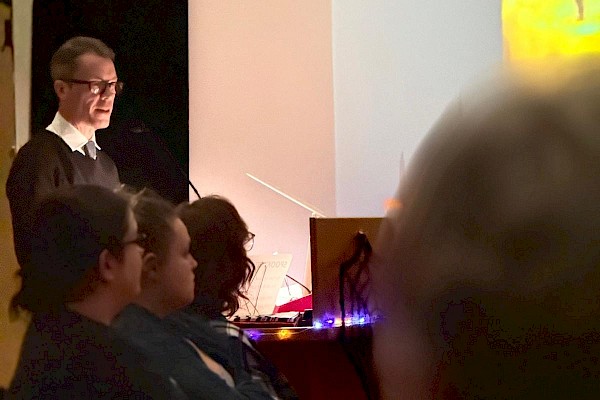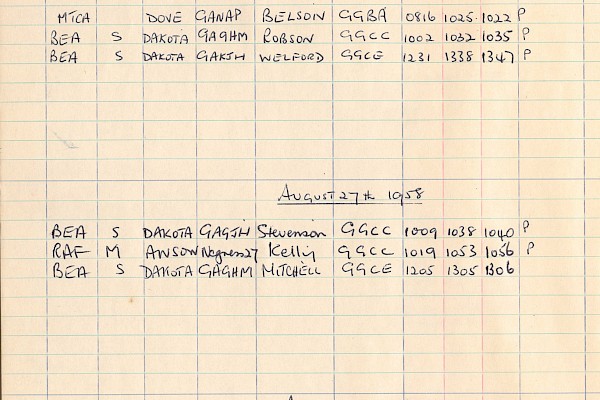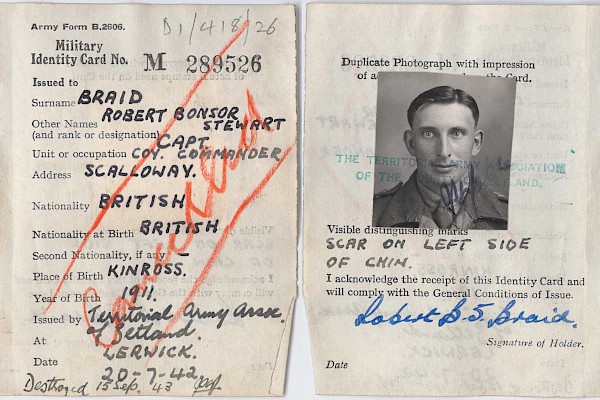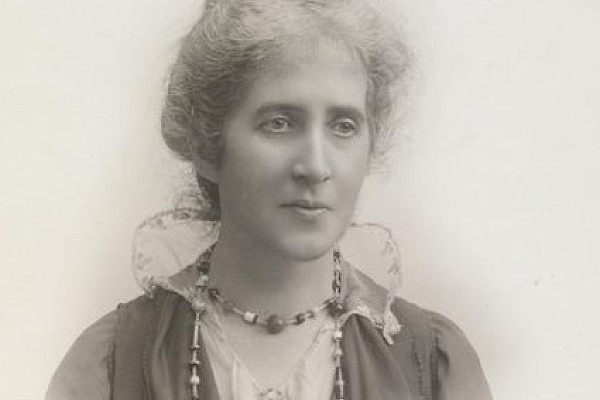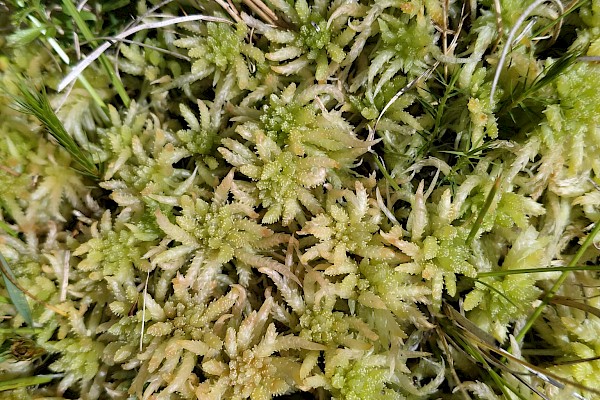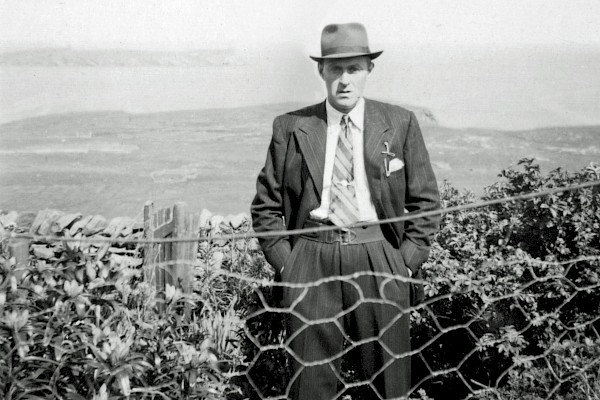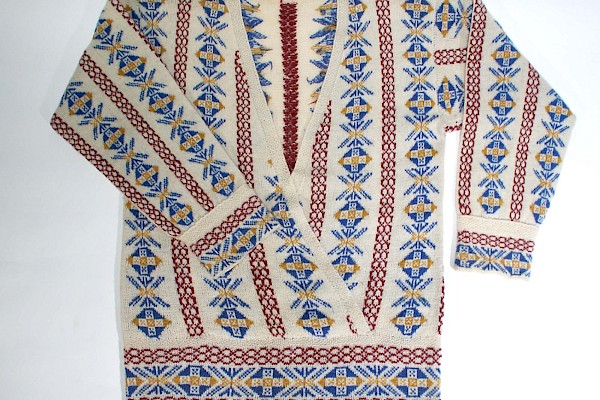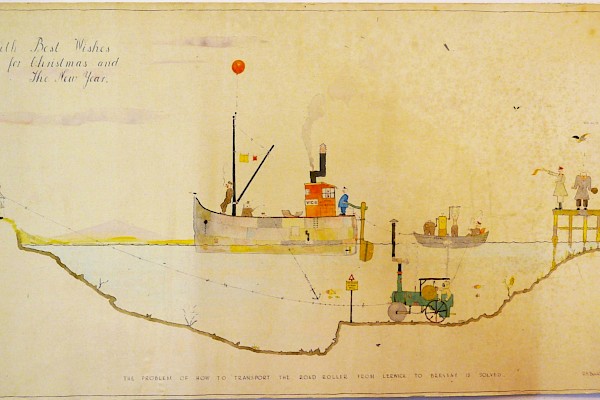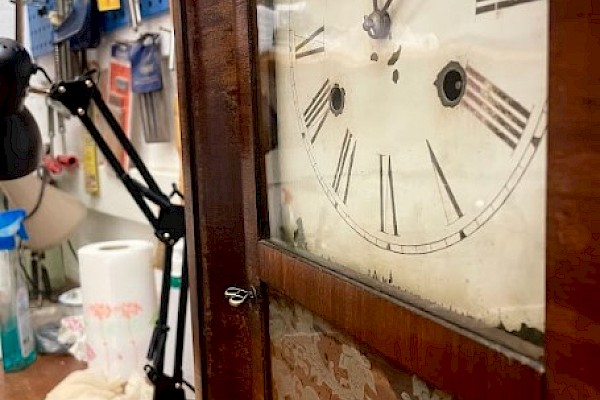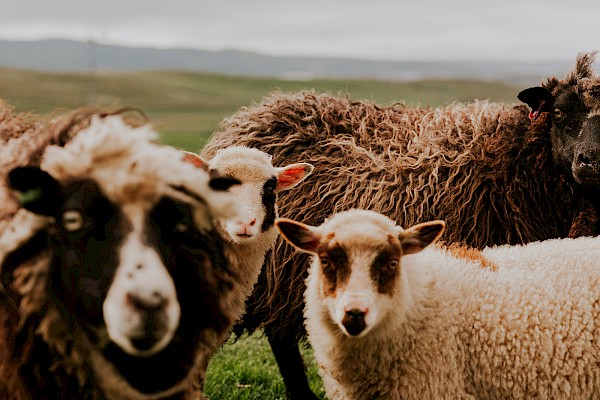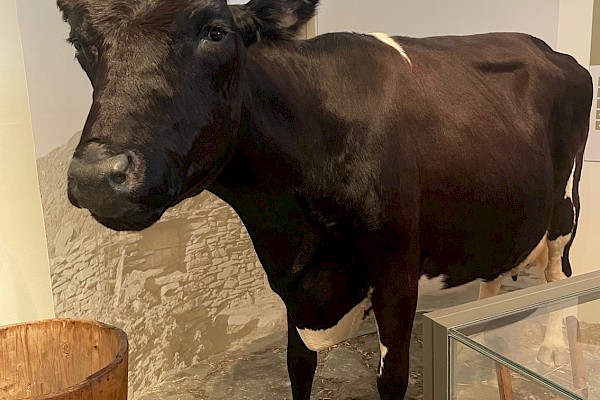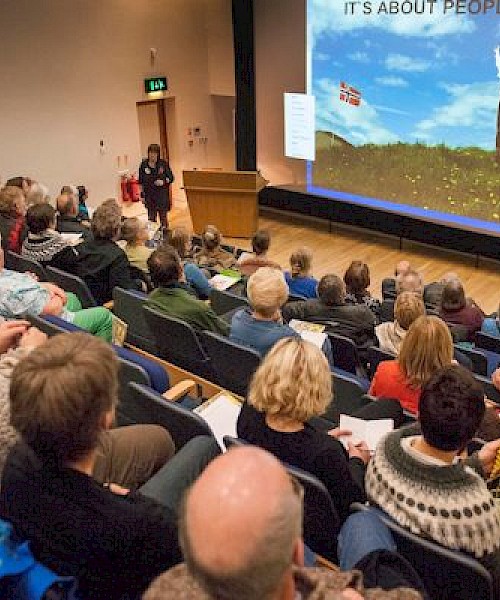World War II Audio Recordings from Shetlanders
Within our archive collection we hold a number of 1940s war time audio recordings of local men and women who worked and fought during World War II where they share memories and experiences during that time.
We hear about air raids, the night London was on fire and cold, hard days at sea dodging floating mines but also shining through are fond memories of friendship, music and adventure.
We thank BBC Radio Shetland for supplying this series to our collection, which is looked after by our archives assistant Angus Johnson.
Many other recordings from BBC Radio Shetland are available to listen to in our Archives searchroom - view archives opening times.
Andrew Williamson (1925-2014). A Native of North Yell as he was fond of describing himself, he entered the Royal Navy minesweeping service. After the war he joined the Merchant Navy but had to leave due to health problems. His real interests lay with Shetland heritage, but he held various jobs in Lerwick, until he was able to join the Shetland Museum as a curator. He undertook an Open University degree and was in charge of the Shetland Museum after the first curator, Tom Henderson, retired.
Billy Kay (1920-2014) was born into the Kay family of businessmen, and for most of his life worked as a draper. His service with the army was notable for winning a prize for best cadet at Sandhurst. He assiduously pursued a wide variety of interests -- a bird-watcher, maker of his own 18 inch telescope, a jazz musician, and a recording engineer. "I study things very closely," he said.
Laura Stout (1924-1990). After working in a chemist shop, she was called up into the WAAF, and learned to operated barrage balloons. She felt the military discipline helped with nurse training after the war. She then worked in the USA, Jamaica, and Libya before returning home to work in Lerwick.
Kaare Iversen (1918-2001) came to Shetland on the Villa in August 1941, trained in England and undertook over fifty missions to Norway with the Shetland Bus. He married into Scalloway, and went to Norway after the war ended. He didn’t settle there and returned to Shetland, to hold various jobs, including fishing and Antarctic whaling. “I’m quite satisfied to be in Shetland” he said.
George Houston (1912-1999). Born in Yell, he moved to Tingwall age 12, and worked as a farm labourer until a family friend recruited him into the Merchant Navy. He was to be a seafarer most of the rest of his life. The war at sea was highly dangerous, and ports ashore could be little better, "I was in London the night that London was on fire." He took part in shooting down of a hostile aircraft off Norfolk.
Ada (Adeline) Robertson (1912-2002). Ada was a shopworker, and was called up into the NAAFI catering organisation, again working in shops. She was fond of dancing and sport, representing Shetland in hockey and badminton. In later life she committed to bowls.
James W. Irvine (1917-2012). He was called up into the army following teacher training. Initially a private, he was commissioned in the field and finished the war in Germany. In peacetime he worked in education, becoming headmaster of Bells Brae School. In retirement he was a prolific author, among the books his history of Shetlanders in the war "The Giving Years."
Magnus Shearer (2024-2007). From Lerwick, with extensive connections in Whalsay, he worked in the family fishcuring business of J. and M. Shearer. He joined the Royal Navy in 1942, serving on the destroyer HMS Lightning. He survived her torpedoing in 1943. "I'm a strong swimmer and that's why I'm here," he said. After the war he ran the family business, was a honorary consul, and Honorary Secretary of the RNLI, Lerwick, was Lord Lieutenant for Shetland.
We also have around 500 audio files uploaded to our online archives catalogue, many of them interviews recorded in the 1980s and 1990s providing a fascinating insight into life in Shetland during that period.
